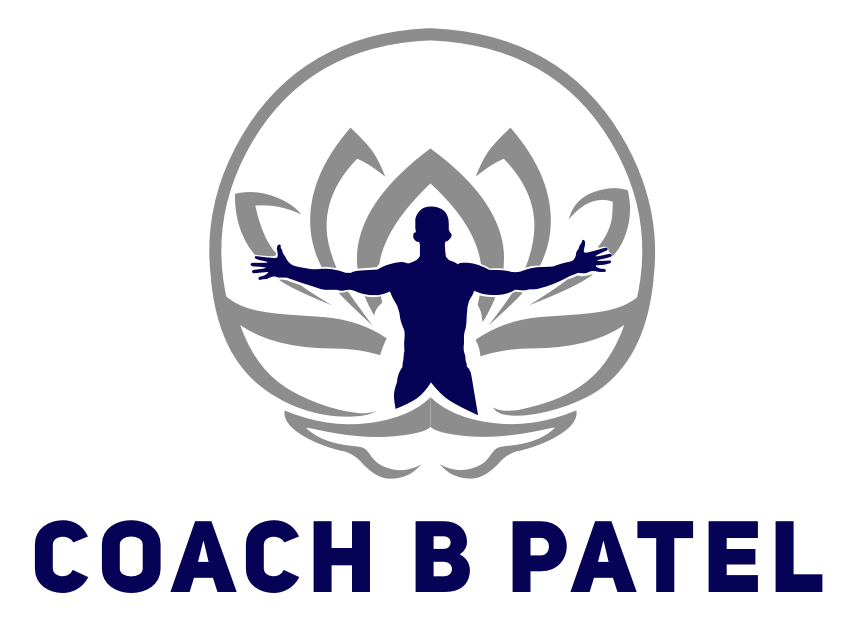LTAD-Development > Exposure
This is guest post by Jackson Frey
I remember riding my bike to the huge field behind Deering High School on summer mornings to play games with my friends.
We would play baseball, basketball, kickball, soccer and dodgeball until the sun went down.
We would even play pond hockey when the pond behind the little league fields froze in the Winter.
Today I work with youth athletes that are traveling to Europe for huge international showcases while others explain the politics behind why they didn’t make a certain travel team.
When did the emphasis for youth athletes switch from fun and development to exposure and status?
Long term athletic development is a hotly debated topic in the field of strength and conditioning.
How soon is too soon to start strength training?
When should an athlete begin to specialize?
What physical qualities should younger athletes focus on developing? What are appropriate training methods to optimize physical development for younger athletes?
These are all common questions that strength and conditioning coaches must think about in order to give their athletes the best results.
How soon is too soon?
I have had to answer the “is weightlifting bad for children?” question many times in my career and I am sure I will have to answer it many more times.
The key is to educate your athletes and their parents.
The common misconception is that resistance training will stunt growth.
Research has shown that this is not the case.
The truth is that properly implemented resistance training programs will increase bone strength index, strength, balance and proprioception, mobility, stability, coordination and confidence!
Which methods are appropriate for children?
The most common response to a strength and conditioning related questions is without a doubt “it depends”.
Athletes develop and mature at different rate. You could train two twelve-year-old hockey players at different phases of their growth and maturation. A general approach that I have found to be effective is to
1. Teach basic movements (squat, lunge, hinge, horizontal press, horizontal pull, vertical press, vertical pull etc.)
2. Progressively increase volume as athletes become more proficient in a given movement.
3. Progressively increase load/intensity as athletes show that they can consistently perform exercises correctly.
Younger athletes do not need a lot of variability in their training.
They will benefit from high frequency.
Their training age is so little that they can perform the same exercises multiple times per week and see consistent progress.
Resistance training can help athletes develop, strength, speed, durability, work capacity, coordination, balance and proprioception.
Keep it simple, emphasize movement quality and good things will happen!
When should an athlete specialize?
Early specialization is a real issue in youth athletics and can have detrimental effects on long term athletic development.
Early specialization can lead to a lack of movement variability, motor learning restrictions, overuse injuries and burnout.
I have numerous athletes that play one highly specialized sport year-round.
They play these sports with very specific, often asymmetrical movement patterns without having the ability to do basic fundamental movements like a squat, lunge, hinge, crawl, carry, hop, skip, jump, sprint etc.
Overemphasizing exposure and competition at a young age without developing general physical attributes and sport specific skills is like trying to build a house without a foundation.
This can lead to limitations in a person’s ability to reach their true athletic potential.
Younger athletes should put a lot more time and effort towards the bottom of the pyramid (GPP, sport specific skills) with a gradual shift towards the top of the pyramid (technical-tactical) as they develop and advance in their athletic career.
There is a lot of uncertainty out there with the global pandemic and seasons being cancelled or postponed.
Athletes put their blood sweat and tears into their preparation to compete at a high level.
It is unfortunate that their opportunities to perform are being put on hold but there is a silver lining.
This is a great opportunity to focus on DEVELOPMENT of general physical qualities and specific sport skills through practice.
The athletes that take advantage of this golden opportunity will be ready to dominate when the time
Please reach out to Jackson if you have any questions and give him a follow as he is putting out some great content.
Jackson Frey
Performance Coach- Chicago Sports Institute
Jackson.frey@chicagosportsinstitute.com
IG: CoachJ_Frey
Twitter: CoachJ_Frey






